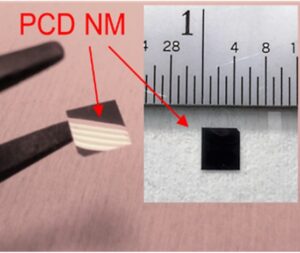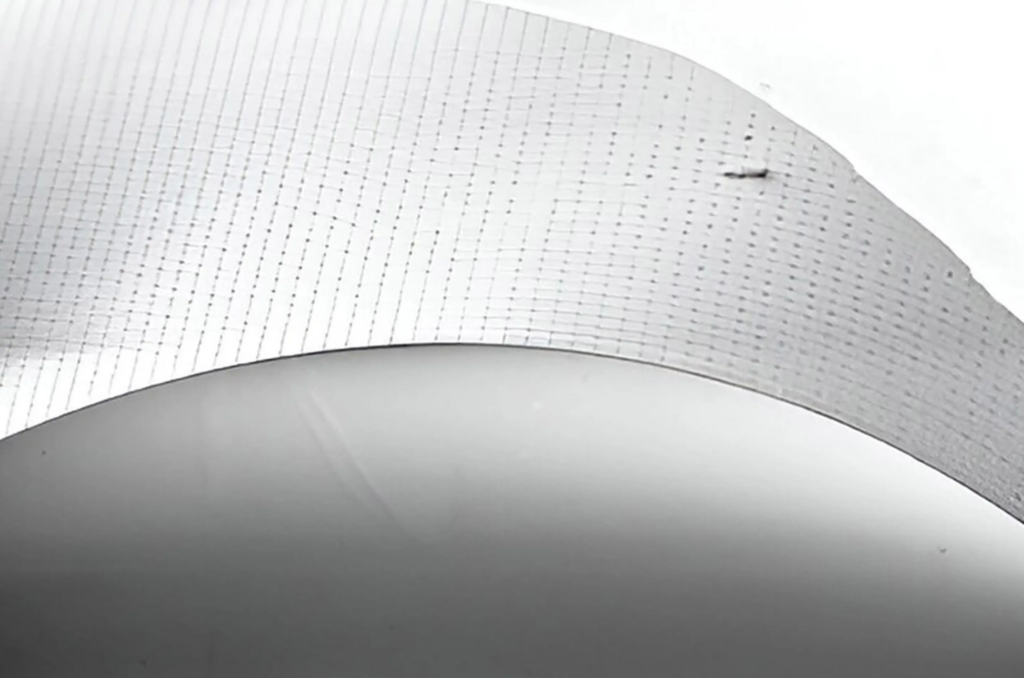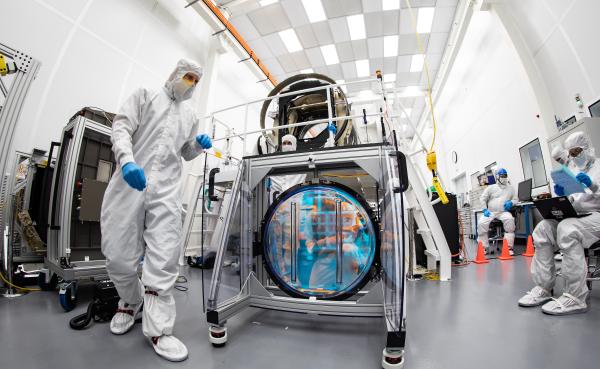In the pursuit of more efficient and faster-charging electric vehicles (EVs), researchers at Fraunhofer have made groundbreaking strides in leveraging diamond nanomembranes to revolutionize electronics cooling. Here’s how this innovation could reshape the landscape of electromobility:
Unprecedented Cooling Efficiency
Traditional heat management solutions in electronics often rely on materials like copper or aluminum, which, while effective at heat dissipation, also conduct electricity. This necessitates additional insulating layers, complicating the design and potentially limiting efficiency. Enter diamond nanomembranes. Fraunhofer scientists have developed wafer-thin membranes from synthetic diamonds, boasting extraordinary thermal conductivity. These nanomembranes can be seamlessly integrated into electronic components, reducing local heat loads by up to ten times.
The Diamond Advantage
Diamond’s exceptional thermal conductivity, four to five times higher than copper, makes it an ideal candidate for cooling high-power-density electronic components found in EVs. By replacing traditional insulating layers with diamond nanomembranes, Fraunhofer’s innovation promises unparalleled heat dissipation without compromising electrical insulation. This breakthrough not only enhances energy efficiency but also extends the service life of electronic devices, crucial for the longevity of EVs.

Photographs of freestanding polycrystalline diamond nanomembranes
Faster Charging, Longer Rides
One of the most exciting prospects of this technology is its potential to accelerate EV charging speeds. Integrating diamond nanomembranes into charging systems could increase charging rates by up to five times, significantly reducing charging times and enhancing the practicality of electric vehicles for everyday use. Moreover, the scalability of the manufacturing process ensures that this innovation can be readily adopted for industrial applications, paving the way for widespread implementation in EV charging infrastructure.
In conclusion, Fraunhofer’s development of diamond nanomembranes represents a significant leap forward in electronics cooling technology. By harnessing the remarkable properties of diamond, researchers are not only mitigating heat-related issues but also unlocking new possibilities for faster, more efficient electric vehicle charging. As testing progresses and applications expand, the electrified future of transportation grows ever closer, powered by diamonds in unexpected ways.
Article & Image Credit: Fraunhofer USA, Center Midwest CMW









